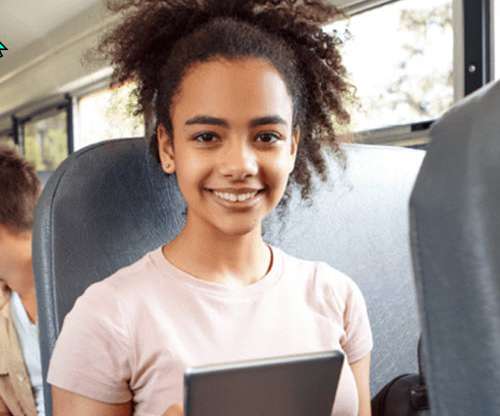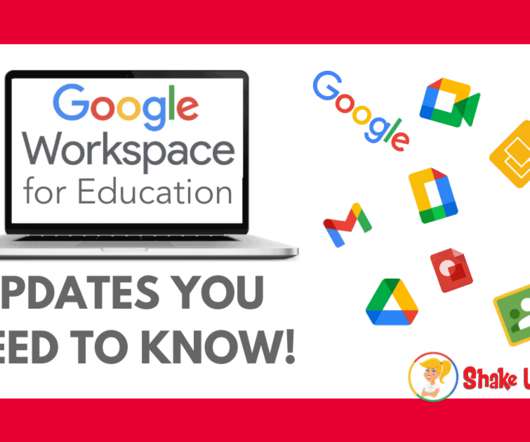3 Levels of Connectivity K–12 Schools Should Consider
EdTech Magazine
NOVEMBER 5, 2018
Individual Classroom Technology Use. Technology has become an integral part of day-to-day classroom activities, used for everything from improving personalized learning initiatives to cutting down on unwanted behavior. Students are also using their mobile devices to assist with their education now more than ever.






























Let's personalize your content